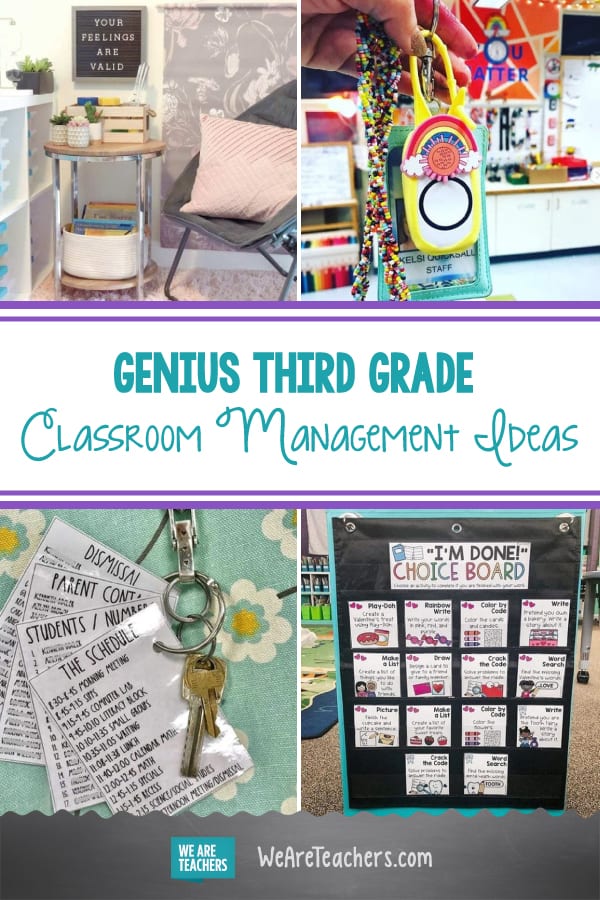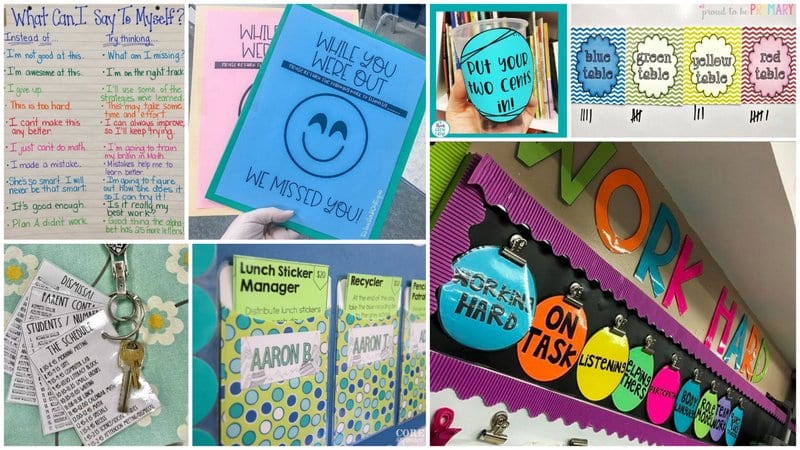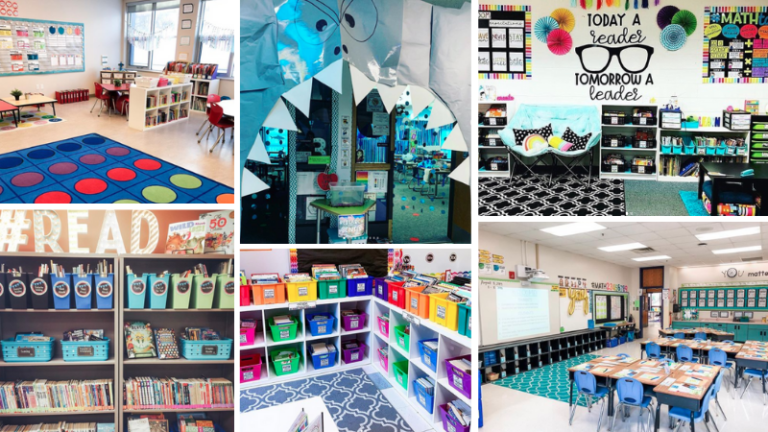By third grade, classroom routine and behavior expectations have become very familiar for students. They might be encountering new concepts like switching classes (departmentalizing) for the first time, and they’re definitely becoming more independent in their work. They still need a lot of guidance in some areas, though, like social-emotional learning. Here are some of our favorite tips and tricks for your third grade classroom management playbook.
1. Set expectations, not rules.
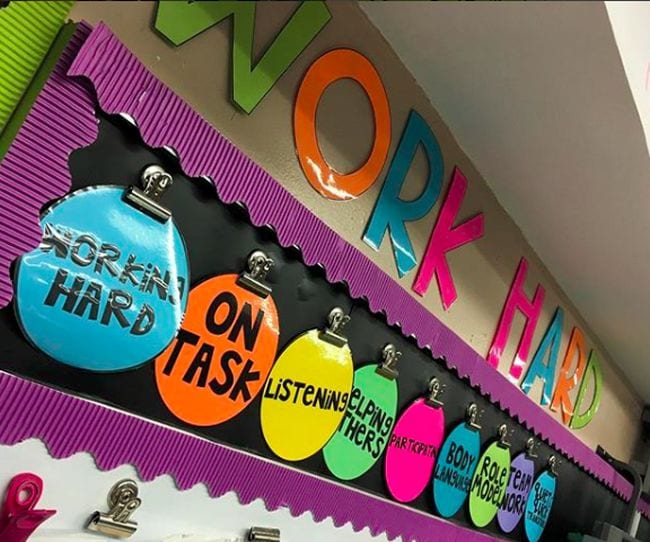
These kids have been in a classroom setting for years, so they know how it works. They don’t need rules—they just need to be reminded of what you expect from them. Talk about these in your first week of class, and discuss examples of what each one looks like (or doesn’t look like!). Then, refer them back to those expectations throughout the year when they’re struggling with good behavior.
Learn more: Miss V in 3
2. Encourage a growth mindset.
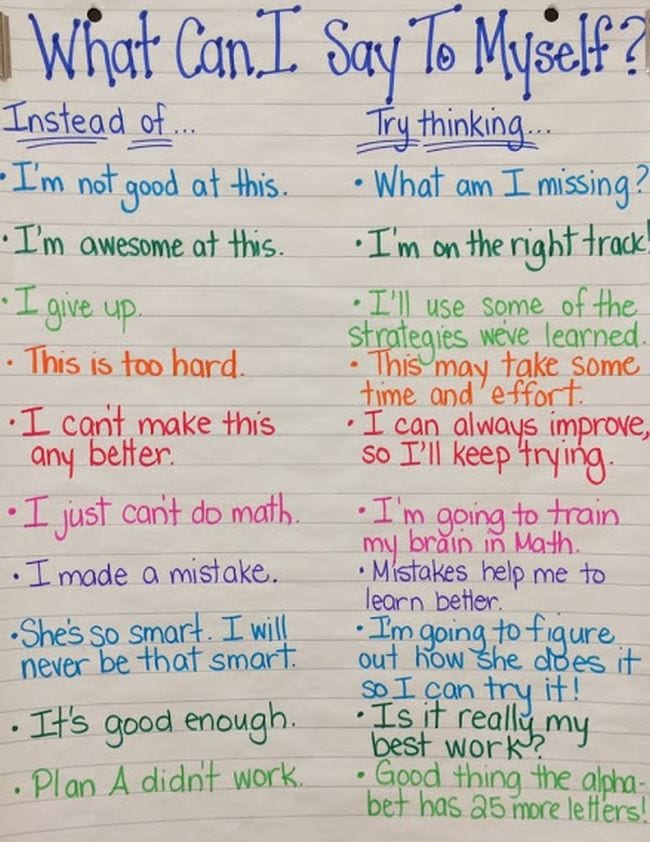
Social emotional learning is an important component of third grade classroom management. Help kids develop a positive way of approaching tasks, and teach them to be gentler with themselves when they make mistakes.
Learn more: Third Grade Thoughts
3. Create a morning cart and routine.

Get your mornings off to a strong start by establishing routines, even before the bell rings. A morning cart is a good way to organize all those housekeeping tasks like collecting homework and taking lunch counts. Once kids have put away their things and settled in, set bell ringer tasks they can work on while others are still arriving and you’re finishing up your morning minutiae. Once everyone is ready to go, hold your morning meeting to set expectations for the day.
Learn more: Glitter in Third
[contextly_auto_sidebar]
4. Assign class jobs with detailed cards.
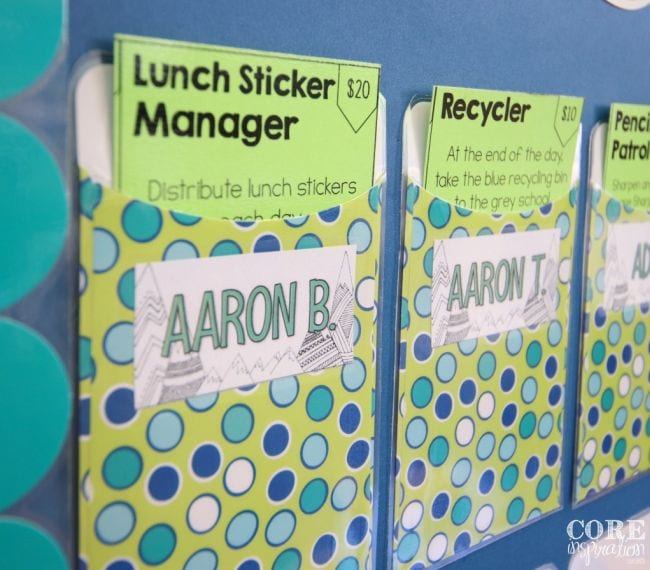
Class jobs can feel overwhelming, but avoid the temptation to skip them. They’re not so much about getting things done around the classroom as giving students a sense of ownership and responsibility. Some teachers use a “classroom economy” system where kids earn “money” for their jobs, which they can then spend on prizes or rewards like a homework pass. There’s no need for a complicated system, though; just make sure your third grade classroom management strategy includes ways for kids to participate in making your school a clean and comfortable place to learn.
Learn more: Core Inspiration
5. Try a group points system for behavior management.
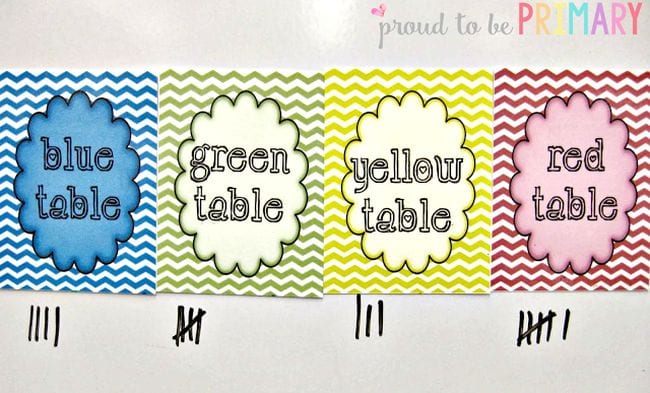
Every teacher has their own behavior management system, and there are tons of great ideas to try. One that works well with older primary kids is a group system. This encourages them to work as a team and hold each other accountable. Try group seating with a points system to reward good behavior. Don’t forget to change up your groups every so often (quarterly or monthly both work well).
Learn more: Proud to Be Primary
6. Curb the blurting.
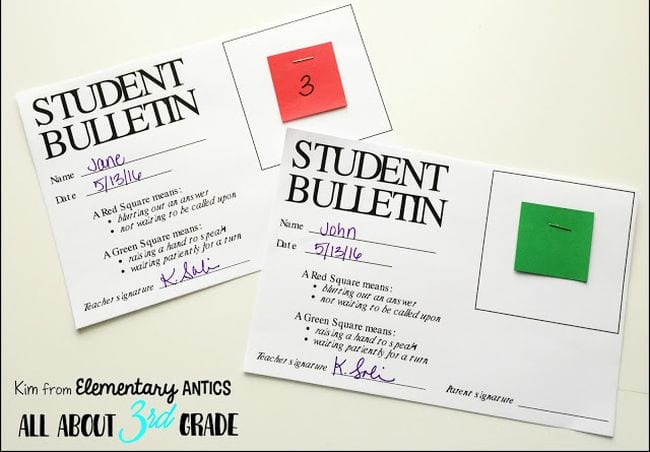
Nothing derails a class faster than kids who can’t stop blurting out. Classroom participation is good, but for those who just can’t remember to raise their hand or wait their turn, try the blurt box. Kids get a red ticket each time they interrupt. They write their name and the date on the ticket, and drop it in the box. This allows you to track repeat offenders. You can send these tickets home to let parents know their student needs to work on this skill.
Learn more: All About 3rd Grade
7. Encourage collaboration and participation.
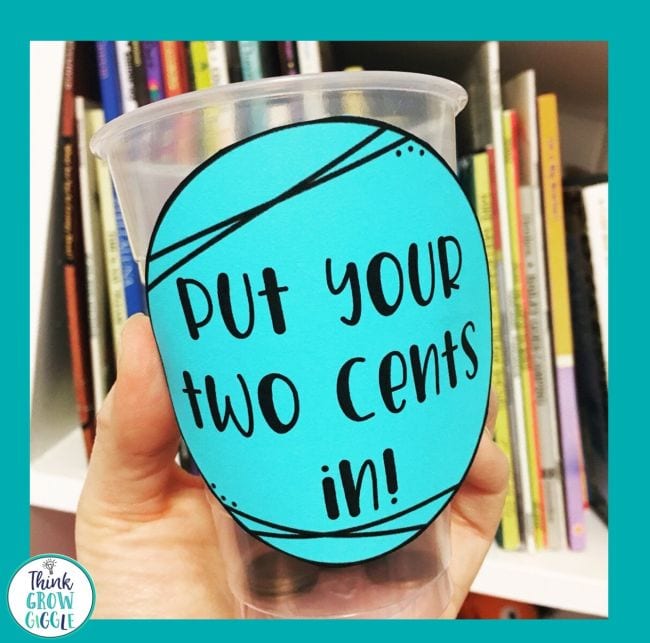
Part of third grade classroom management is making sure everyone participates as equally as possible. That’s where the Two Cents Cup comes in. Each kid starts an activity with two pennies. When they offer an answer or participate in the discussion, they drop in a penny. When they’re out of pennies, they have to sit quietly until others have used up their pennies too. It’s a fun way to draw some kids out and teach others to listen a bit more.
Learn more: Think Grow Giggle
8. Manage behavior with student data notebooks.
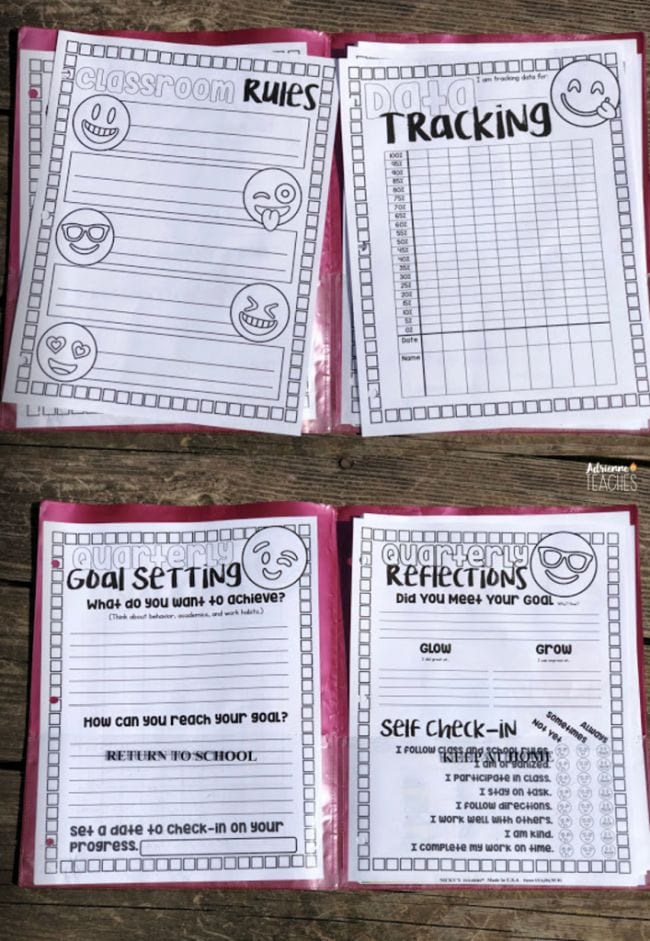
By third grade, kids know what good classroom behavior looks like. Give them more ownership with data notebooks. These build self-evaluation skills and teach students to recognize their own challenges and successes. They take a bit of time, but once you (and they) learn how to use them, data notebooks may just become one of your favorite classroom tools.
Learn more: Adrienne Teaches
9. Pass out reward tags.
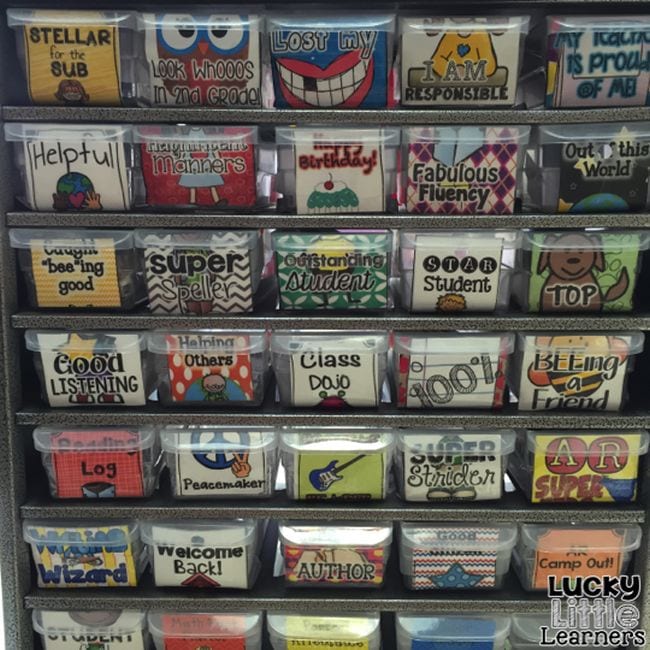
Rewarding individual success is so important in any classroom. Reward tags are a super-inexpensive way to appeal to kids’ love of collecting—they’ll want to get them all! The concept is very simple, and you can find lots of reward tag packs available on places like Teachers Pay Teachers if you don’t want to create your own. Give kids a chain to hang them on, and watch their behavior improve as they try to earn each and every one.
Learn more: Lucky Little Learners
10. Create a While You Were Out folder.
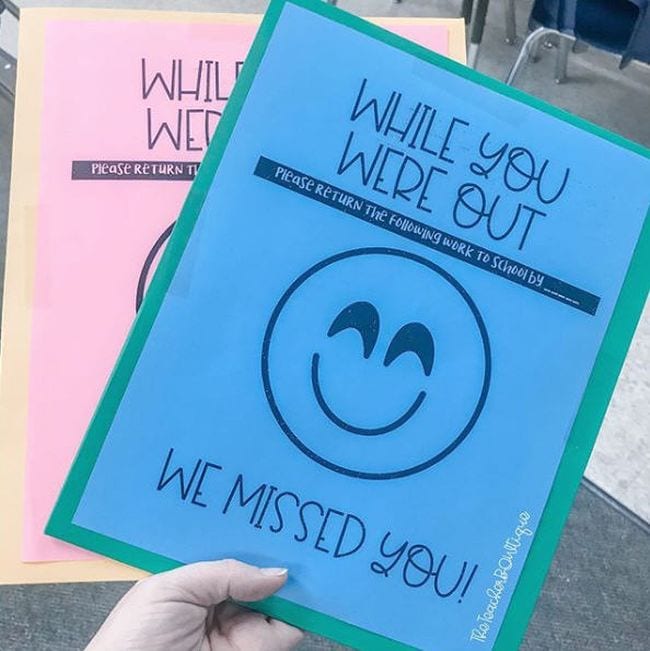
It’s surprising just how much kids can miss when they’re absent for even one day. Make up a few “While You Were Out” folders that you can use to collect worksheets and other handouts for their return. Bonus tip: Make one side a wet-erase page (just apply some clear contact paper) and write in any special instructions they need to know.
Learn more: The Teacher Bowtique/Instagram
11. Prepare for fast finishers.
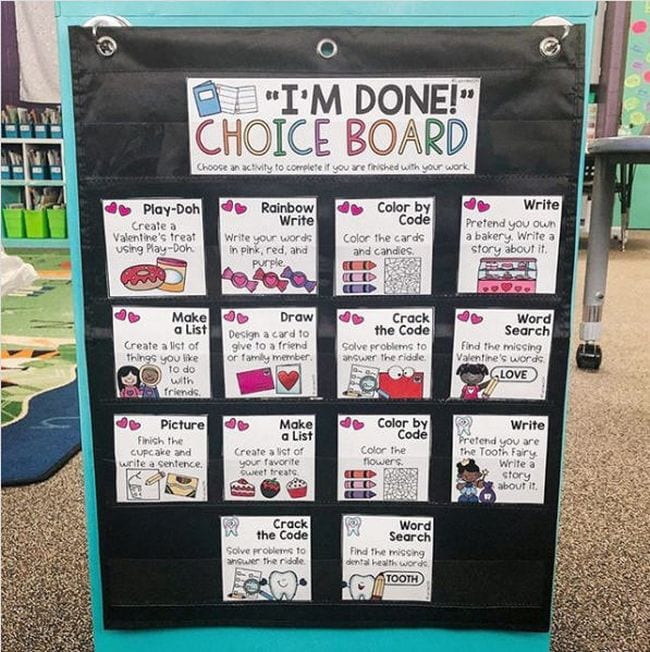
Some kids are just always done before others. That’s why you need to keep a selection of activities on hand for fast finishers. Make sure they’ve completed any learning activities that might be leftover from other days first, then let them choose something from your “I’m Done” choice board. These options are usually fun, but with a meaningful learning component too.
Learn more: A Cupcake for the Teacher/Instagram
12. Teach them clever call-backs.
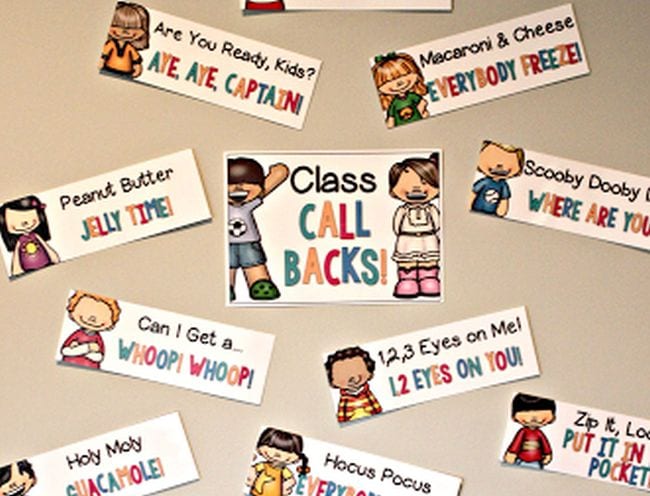
Chances are good your third graders already know a bunch of good attention-getter call-and-responses, but they’ll always be up for some new ones. Use these when you need to bring their focus back to you after independent or group work.
Learn more: Proud to Be Primary
13. Invest in a classroom doorbell.
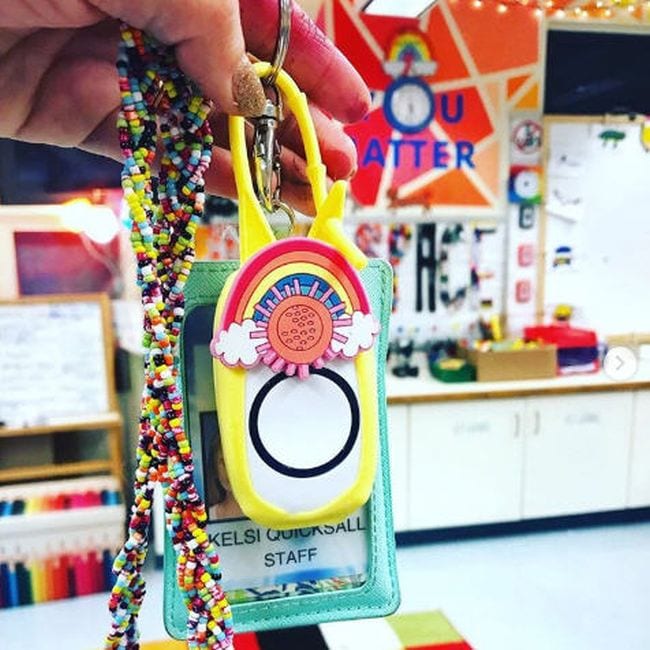
Source: Kelsi Quicksall/Instagram
If you buy just one thing for your classroom this year, make it a doorbell. You’re going to love having one of these as part your third grade classroom management toolkit. Use them to get students’ attention (without yelling!) to signify time is up on group work, to transition from one activity to another, and so much more. Learn more about using classroom doorbells here.
14. Give kids a safe space.
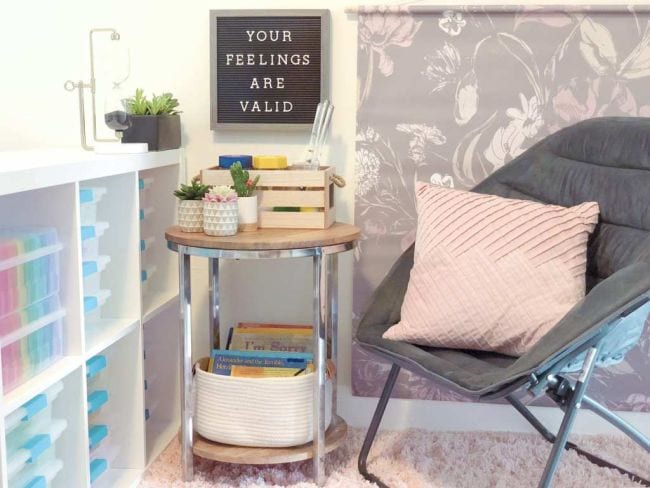
Even little kids are full of big feelings. Managing those feelings in a classroom full of your peers can be a real challenge. That’s where a Safe Space or Calm Down Corner comes in. Set aside a place where kids can go to cool off. Stock it with fidget toys, calming books, a stuffed animal or two, and helpful ideas for getting their emotions back under control. You can send kids here as needed, or they can take a few minutes here on their own if they ask you first.
Learn more: Teaching With Jillian Starr
15. Send home fix-it tickets.
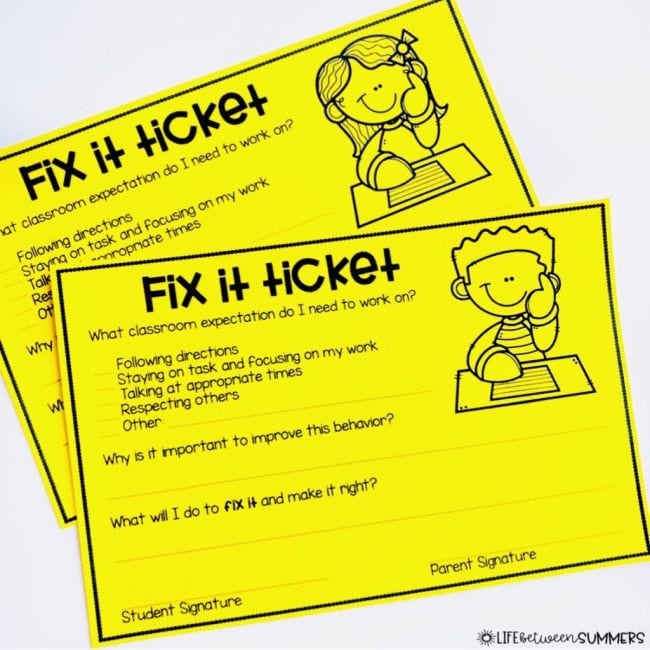
Even with the very best third grade classroom management strategies, some kids are going to have bad days. When they do, try the Fix It Ticket system. Send one home with a student (you can follow-up with an email or phone call if necessary to explain the problem). Ask them to talk things over and return the ticket the next day with a plan for how to make things better.
Learn more: Life Between Summers
16. Carry everything you need to know.
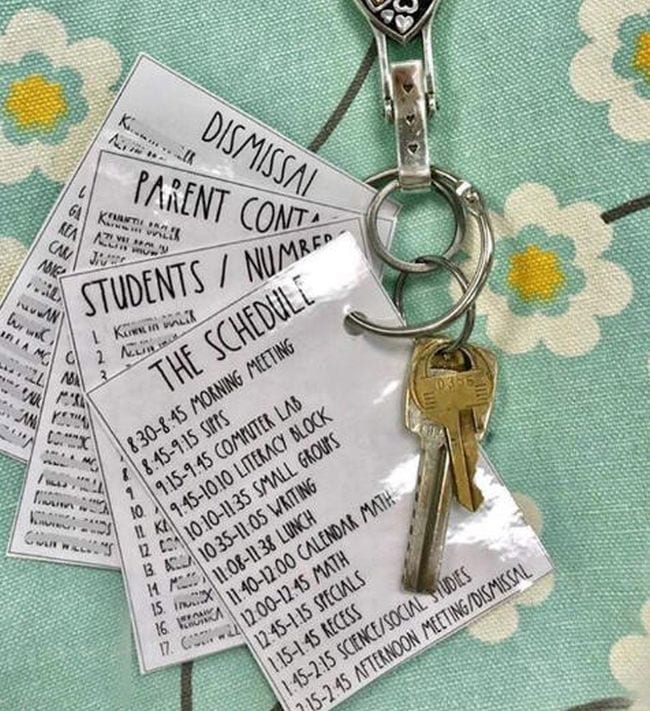
We love the idea of these little laminated cards attached to your key lanyard. Keep anything you might need with you at all times, and make a bonus set you can leave for a substitute!
Learn more: Primary Graffiti/Instagram
For more third grade classroom management suggestions, check out these 50 Tips, Tricks, and Ideas for Teaching Third Grade.
Plus, the Ultimate Checklist for Setting Up Your Third Grade Classroom.
